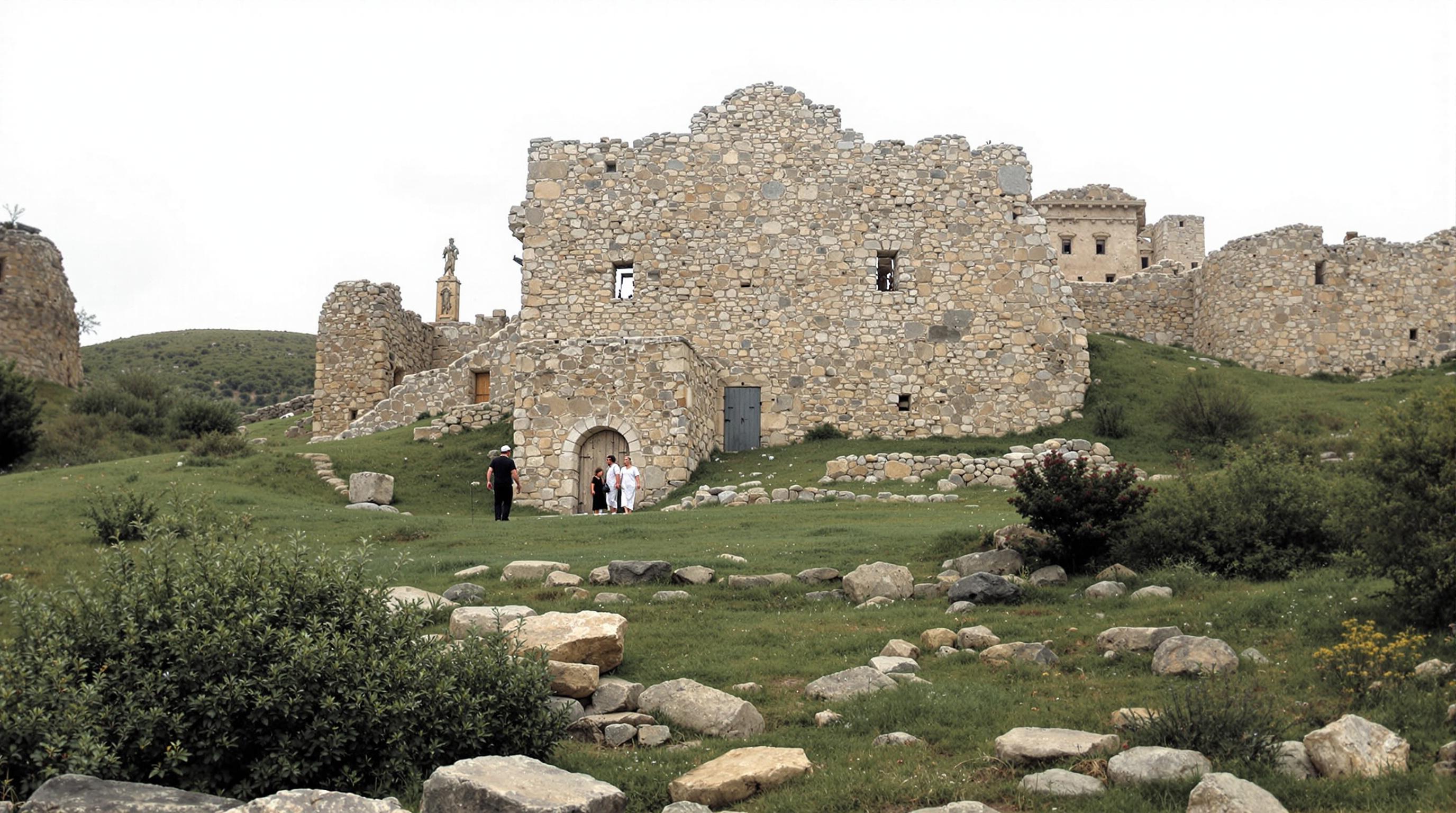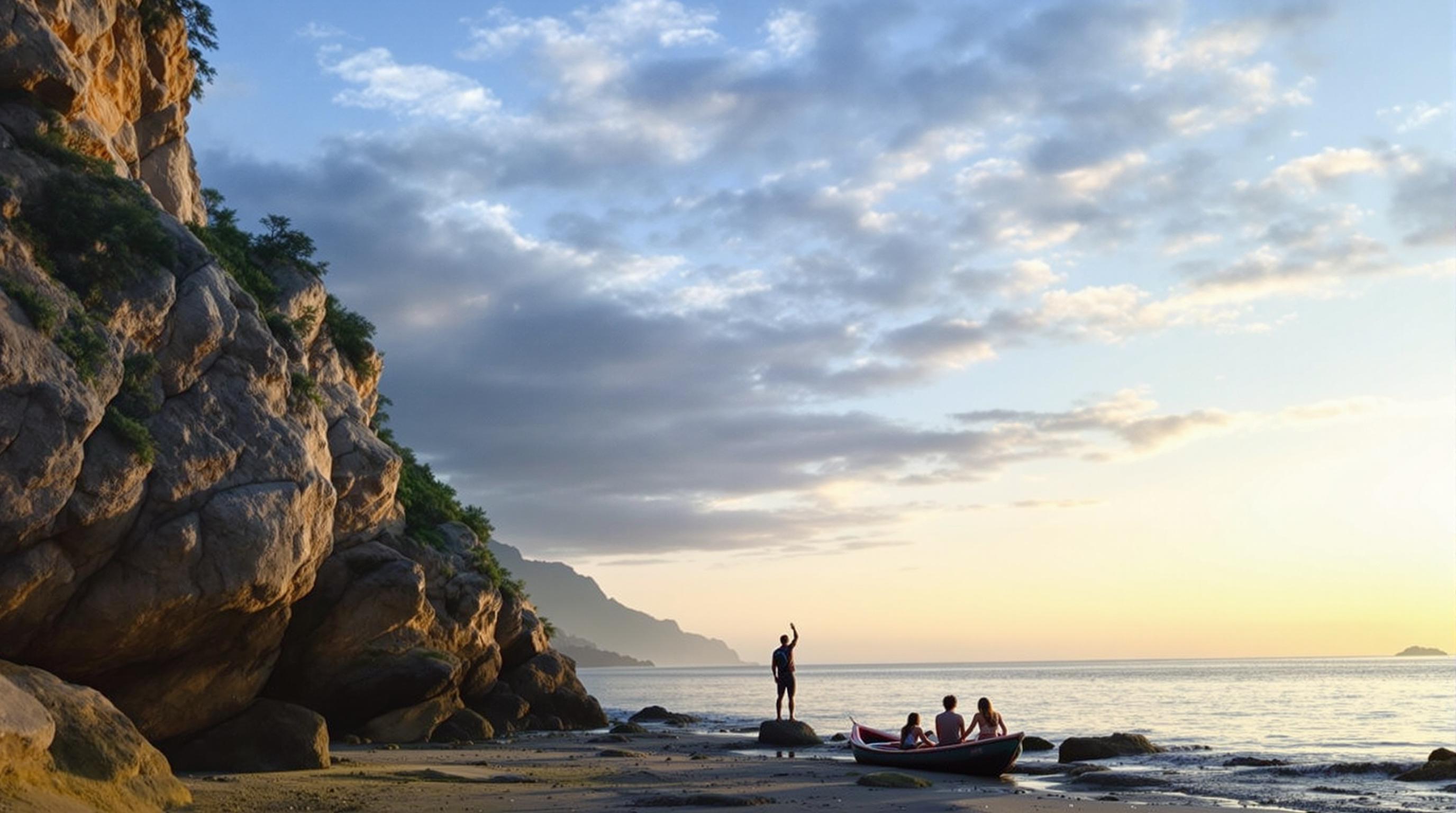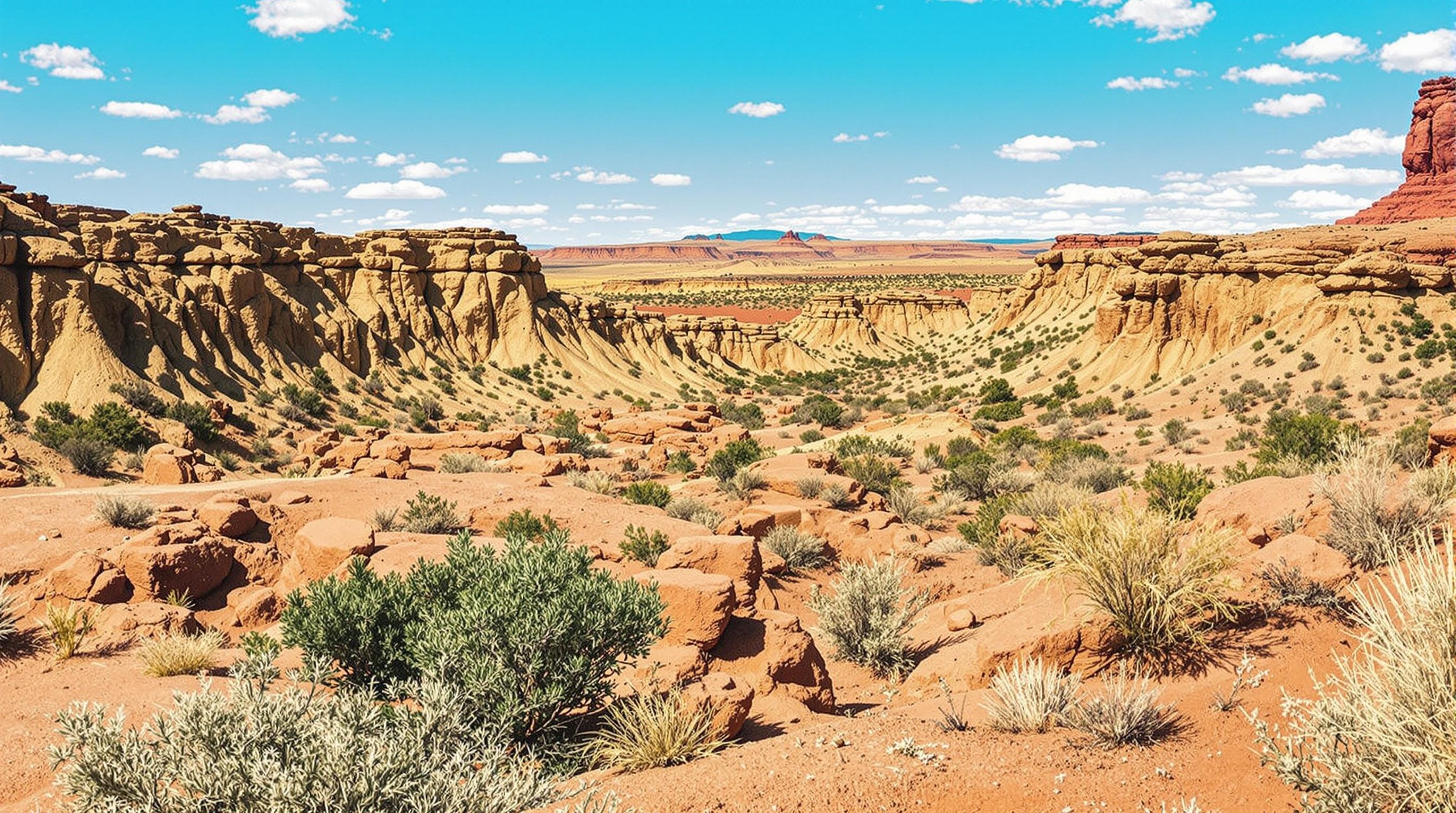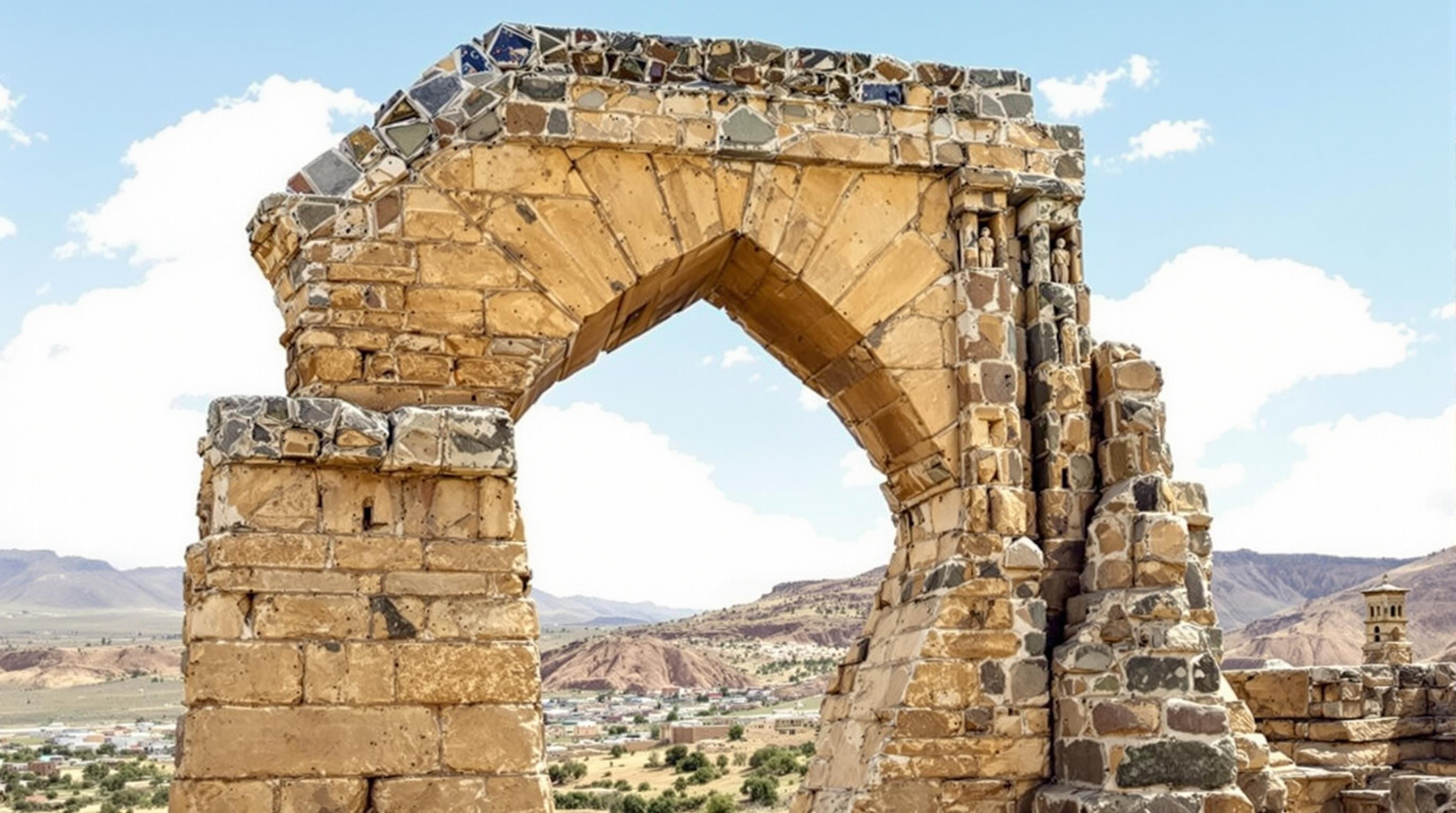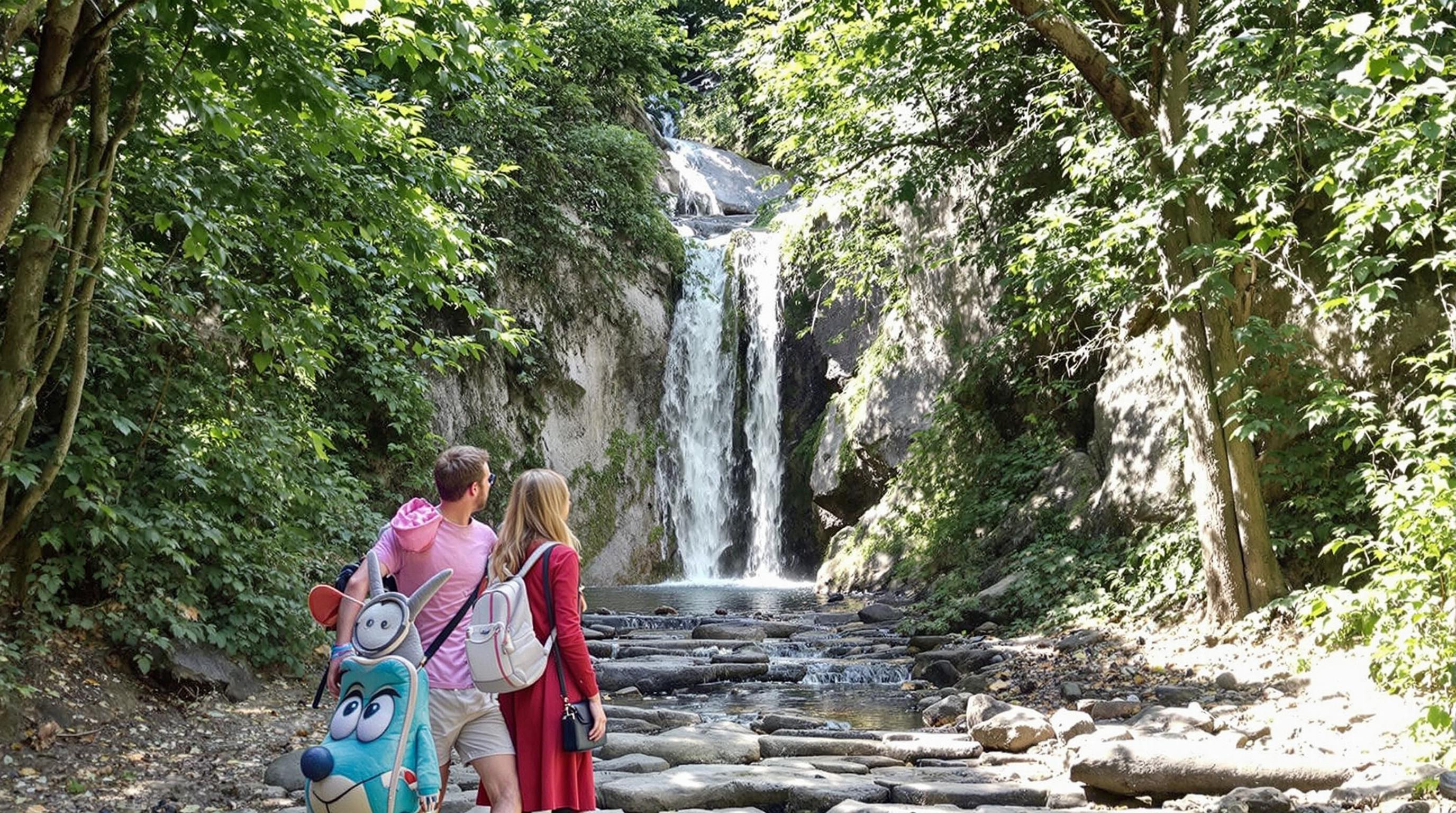Related Articles
- Uncharted Escapes: Navigating the Controversial Allure of Fringe Destinations and Their Untold Stories
- Uncharted Realms: The Surprising Intersection of Urban Legends and Adventure Travel in Offbeat Locations
- Curious Chronicles: Bizarre Transport Innovations Shaping Uncommon Explorations Across Unvisited Trails
- The Forgotten History of Eco-Adventuring: Learning from Indigenous Practices for Modern Exploration
- The Hidden Impact of Eco-Conscious Adventure Games on Environmental Education and Community Resilience
- Uncommon Routes: The Unexpected Appeal of Ghost Town Hikes in Eco-Friendly Exploration
Lost Artifacts and Secret Sites: Unveiling the Mysteries of Traveling Through History's Shadowed Paths
Lost Artifacts and Secret Sites: Unveiling the Mysteries of Traveling Through History's Shadowed Paths
Throughout history, countless artifacts have slipped through the cracks of time, leaving behind whispers of long-forgotten stories, cultures, and mysteries. As we traverse these shadowed paths, we uncover not only the tales of the lost artifacts but also secret sites that beckon the curious traveler to explore their hidden depths.
The Allure of the Past
There’s an undeniable allure in the hunt for lost artifacts that has captivated explorers, historians, and treasure enthusiasts for centuries. Consider the story of the Nazca Lines in Peru, vast geoglyphs etched into the desert floor that are best viewed from the sky, shrouded in mystery and raising numerous questions about their creators. Did they serve a religious purpose? Were they used for astronomical purposes? As fascinated travelers seek the answers, they also contribute to the ongoing conversations about ancient cultures, leaving behind their own marks on the narrative.
Unearthing History: Methods of Exploration
To unveil the mysteries of these ancient relics and sites, researchers often employ a range of innovative techniques. Ground-penetrating radar (GPR), for instance, has revolutionized archaeological exploration, allowing for the detection of hidden structures beneath the earth’s surface without invasive excavation. During the search for the lost city of Atlantis, explorers utilized advanced sonar technology to scan the ocean floor, proving that technology offers new pathways to the secrets of the past. Did you know that about 90% of the ocean remains unexplored? Just imagine what artifacts lie in those undiscovered depths!
The Shadowed Paths of History
Historically, many cultures have left behind paths riddled with secrets, such as the ancient Silk Road, which stretched over 4,000 miles and served as the cradle of trade and cultural exchange. This kaleidoscope of civilizations saw the birth of renowned artifacts such as silk, spices, and precious stones, which not only shaped economies but also fostered intermingling of cultures. Travelers in this era, much like today’s adventurers, traversed expansive terrains in search of fortune or simply the thrill of discovery.
Case Study: The Hunt for El Dorado
What makes the El Dorado myth so captivating? First documented by Spanish conquistadors in the 16th century, the story of a city of gold sparked many expeditions into the heart of Latin America. For centuries, explorers faced treacherous jungles filled with peril and the unknown, lured by a dream that often ended in ruin or tragedy. The pursuit of El Dorado stands as a testament to humanity’s relentless desire for discovery, teaching us that the journey can be just as significant as the destination.
Lost Artifacts and Their Modern Impact
From the Rosetta Stone to King Tutankhamun’s tomb, artifacts found in secret sites not only inform us about past civilizations but also impact modern culture significantly. The Rosetta Stone, which played a pivotal role in deciphering Egyptian hieroglyphics, opened a floodgate of knowledge about ancient Egypt, impacting fields as diverse as literature, art, and linguistics. As young historians and casual readers alike dive into such stories, it becomes evident how these artifacts weave into the very fabric of human understanding.
The Thrill of Discovery
Is there anything more thrilling than unearthing something hidden? It’s like finding a treasure chest in your grandparents’ attic or stumbling across a hidden room in your home. One contemporary example is the discovery of the tomb of the ancient Egyptian official Khuwy. After years of excavation, the tomb revealed paintings that breathed fresh life into what everyday life looked like thousands of years ago. The excitement of unearthing history ignites a spark within us, reminding us of our shared humanity.
The Role of Museums in Artifact Preservation
Museums are the custodians of history, safeguarding artifacts and presenting them in a context that allows us to connect with our past. The British Museum, home to the Rosetta Stone and countless other wonders, showcases the importance of preserving lost artifacts while also raising ethical debates about ownership and repatriation. Visitors from around the world flock to these institutions to gaze at objects that have traveled through time—a silent testament to our collective journey.
Becoming an Armchair Archaeologist
You don’t have to don a fedora and whip to explore history's shadowed paths. Today, anyone can become an “armchair archaeologist.” With a myriad of documentaries, books, and online resources, the stories of lost artifacts and secret sites are at our fingertips. For instance, Netflix’s documentary series “Ancient Apocalypse” presents engaging narratives that can pique the interest of a wide audience, encouraging them to delve deeper into historical mysteries.
Cultural Heritage and the Modern World
As we uncover lost artifacts, we also confront the pressing issue of cultural heritage preservation. In an era where climate change, urban development, and conflict threaten irreplaceable sites, a global consciousness is forming around the importance of safeguarding our shared history. UNESCO's World Heritage List, which includes places like Machu Picchu and the Great Wall of China, works tirelessly to ensure that these artifacts and sites remain protected for generations to come.
A Call to Adventure
For those with a thirst for adventure, secret sites offer an invitation to explore beyond the ordinary. Imagine taking a hike to a hidden ruin nestled in the forest or setting off on a road trip to visit ancient towns steeped in history. Join fellow travelers at events like public archaeology days, where enthusiasts can participate in excavation efforts and learn from seasoned archaeologists. These experiences allow everyday people to feel part of history, creating an exhilarating connection to the past.
The Weight of Criminal Negligence
Sadly, the history of artifacts is not without its darker tales. The black market for antiquities has thrived, leading to the destruction of invaluable cultural heritage. In 2015, the infamous Islamic State destroyed ancient ruins in Palmyra, Syria, enraging historians and archeologists worldwide. Such actions highlight an urgent need for global collaboration to protect and restore the sites that remain, drawing attention to the sheer magnitude of what could be lost forever.
From Legend to Reality: Famous Lost Artifacts
While myths and legends often cast shadows over the true stories of lost artifacts, some have transitioned from whimsical tales to tangible discoveries. Take the case of the $6 million dollar antique vase found in a dusty attic in England; originally thought to be a reproduction, it turned out to be a centuries-old masterpiece. Incredible finds like this remind us that history is always lurking just beneath the surface, waiting for someone to unearth it.
Traveling Beyond Borders
In a fun twist, traveling to discover lost artifacts can sometimes take on a humorous note. Ever had that moment in a foreign country where you thought you were finding a rare treasure only to realize it’s a tourist trap? “Authentic replicas” of lost relics have become a booming business, and while they may not be genuine, they sometimes provide a deeper understanding of the artifacts they represent. So, the next time you’re tempted to buy that “vintage” Pottery Barn vase, think again—it might just be a knockoff of something truly ancient!
Bringing History to Life
The excitement of lost artifacts lies not only in their physical discovery but also in the narratives they inspire. As you read about the legends of the Ark of the Covenant or the enchanting tales of the Holy Grail, consider how these artifacts intertwine with our cultural consciousness. These stories transcend their origins—becoming universal reflections of humanity’s unyielding quest for meaning and understanding. Any great story is better when told around a campfire, so gather your friends and share your favorite historical tales!
Engaging Younger Generations
The challenge of engaging younger generations is as thrilling as the hunt for ancient artifacts. Educational programs and interactive exhibits spark excitement in the minds of youth, inviting them to become the historians of tomorrow. Consider programs spearheaded by organizations like National Geographic or local museums that immerse children in hands-on experiences—archaeological digs, artifact preservation workshops, and history-themed escape rooms keep the spirit of exploration alive!
Conclusion: Join the Quest
Ultimately, the quest for lost artifacts and secrets of the past is a reflection of our innate curiosity and desire to connect with what came before us. Whether through the exploration of hidden sites, the preservation of cultural heritage, or igniting a spark of interest in the younger generation, everyone plays a role in keeping history alive. So why not join the ranks of explorers, historians, and enthusiasts? Venture into the shadowed paths of history and uncover the treasures that await.
